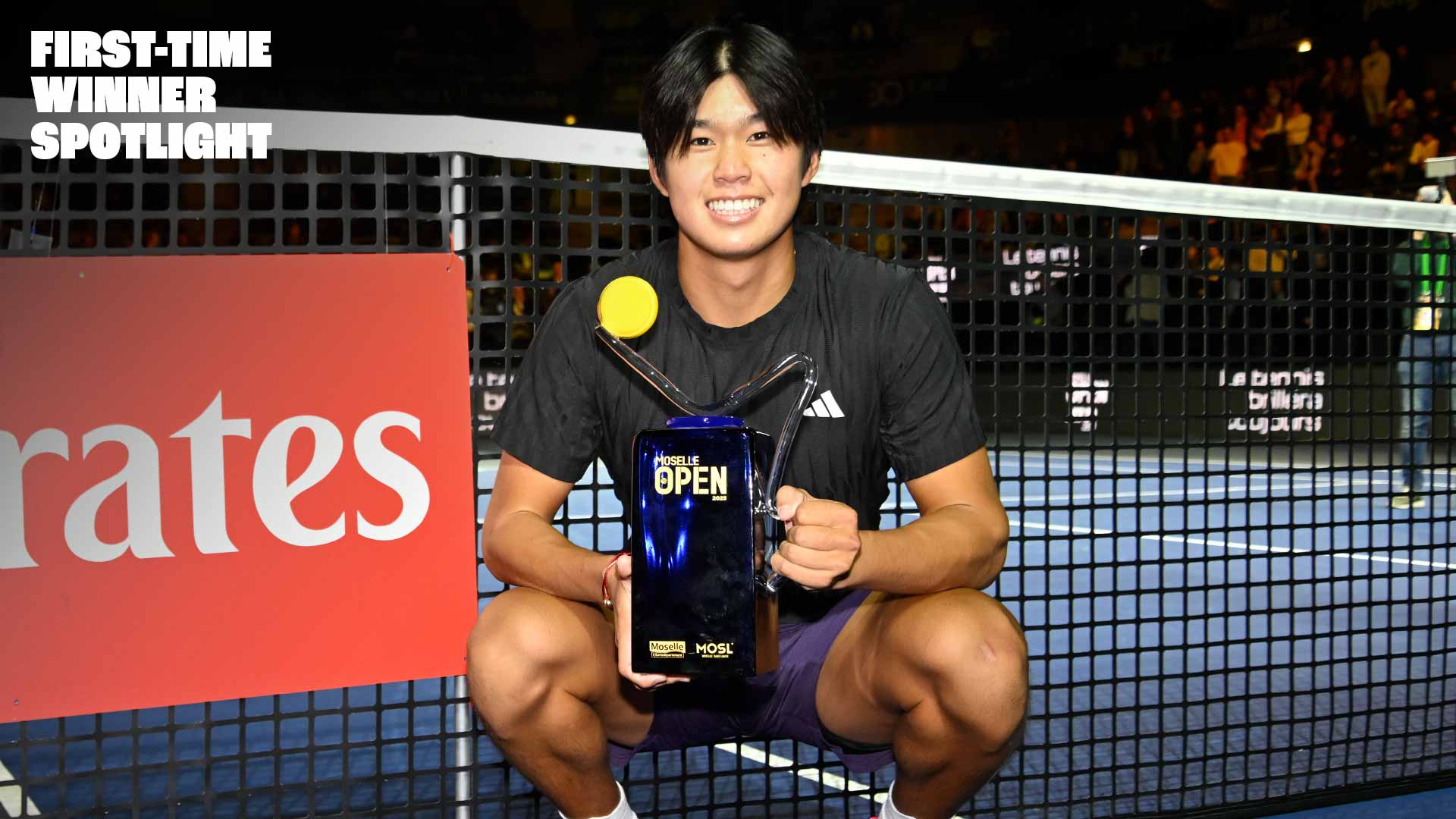Tokyo 500, twin 7–5: Nys/Roger‑Vasselin reboot their Turin chase
The second seeds solved the final in the eleventh game of each set, winning 29 of 34 first‑serve points to lift their first 2025 title and tighten the Race by 110 points.

Hugo Nys and Édouard Roger‑Vasselin found daylight precisely where finals are often decided: at 5‑5. Twice they pressed, twice they broke, and the result was a clean 7-5, 7-5 victory over Rohan Bopanna and Takeru Yuzuki for Tokyo’s ATP 500 doubles crown. Both sets finished 7 games to 5, a margin earned more by sequencing than shotmaking fireworks.
It is their first title of 2025 and a sealing of patterns they have honed all season. The second seeds made holds feel routine and reserved their risk for return games late in sets. The statistical spine was simple and decisive: they captured 29 of 34 points behind the first serve, which kept the match on their terms and created repeatable looks at net.
According to ATP Tour coverage, Tokyo follows runner‑up weeks in Marrakech and Washington and finally supplies the payoff those runs suggested. The first‑serve dominance—29 of 34—traces the tactical story per ATP Stats: a disciplined first ball into forehand‑led one–two patterns, then quick occupation of the middle corridor. In the bigger picture, they sit ninth in the PIF ATP Live Doubles Teams Rankings and are 110 points behind Christian Harrison and Evan King for a Turin berth, as detailed via the ATP Tour at https://www.atptour.com/en/news/nys-roger-vasselin-tokyo-2025-doubles-finals.
“This is our third final of the year, first title, so we keep going. We hope to [qualify for the Nitto ATP Finals] by the end of the year, so we still have work to do.”
“Rohan, we were here 12 years ago winning the title, so it’s great to be on this court again with you. You’ve been around for a couple of years… It’s always nice to see you. You’ve been a big part of my life.”
Why this final tilted late
Tokyo rewarded first‑strike clarity. Nys/Roger‑Vasselin treated neutral starts as short runways: heavy crosscourt exchanges to draw a float, then a decisive down‑the‑line redirect to unlock the poach lane. On return, they showed crosscourt before knifing inside‑in at key moments, freezing the opposing net player and channeling the next ball into the middle third where their volley coverage was waiting.
Bopanna’s serve still shapes rallies, and Yuzuki’s court speed kept both sets level into the eleventh game. But the challengers saw fewer forehands on their terms because the champions took away height and time. Depth‑biased returns landed close to the baseline tape, forced lifted replies, and gave Nys and Roger‑Vasselin forecourt decisions they were prepared to make.
Technique, pared to essentials
Mechanically, the winners chose economy over flourish. On serve, they varied toss height and body line as much as pace to move contact windows, setting up forehand‑first one–two sequences. At net, they kept the head still and the punching motion compact, shaping the volley with measured underspin that stayed low and rushed the passer.
The return blueprint was equally minimalist: abbreviated backswings and early contact to control direction. The backhand block down‑the‑line appeared on cue, stealing the eye‑line of the opposing net player and prying open the middle. That restraint under pressure scales well across surfaces and match contexts.
Continuity and contrast
Roger‑Vasselin’s Tokyo arc now spans three eras: titles in 2013 and 2019 preceded this latest run with Nys, stitching together a rare throughline across partners and styles. At 41, his tour‑level finals record advances to 29–20—29 wins against 20 losses—built on low‑risk patterns that age cleanly. Bopanna, 45, remains an outlier for how thoroughly serve placement and forecourt economy can still script a match deep into a career.
For Yuzuki, this was a rapid ascent in just their second event together. That team saved three match points to topple the top‑seeded Christian Harrison/Evan King in the semi‑finals, a result that re‑energized the draw and amplified the home‑court pulse through the weekend. The final, though, rewarded the steadier unit: Nys/Roger‑Vasselin neutralized the serve‑return cross more reliably and made the cleaner down‑the‑line change at the right junctures.
The Turin calculus
Autumn doubles is often decided by compressed margins and smart scheduling. An ATP 500 title gives Nys and Roger‑Vasselin both breathing room and direction: target events that echo Tokyo’s tempo, keep the first ball landing, and trust their late‑set shot selection. Ninth in the Race and only 110 points adrift, they have a plausible path if they replicate this blend of first‑serve security and middle‑third control.
Beyond the arithmetic, the performance clarified identity. They protected service games without overextension and still found opportunistic return games when the score tightened. In a phase where October hard courts reward fast starts and decisive finishes, Tokyo read as a template—measured, professional, and timed to matter.


